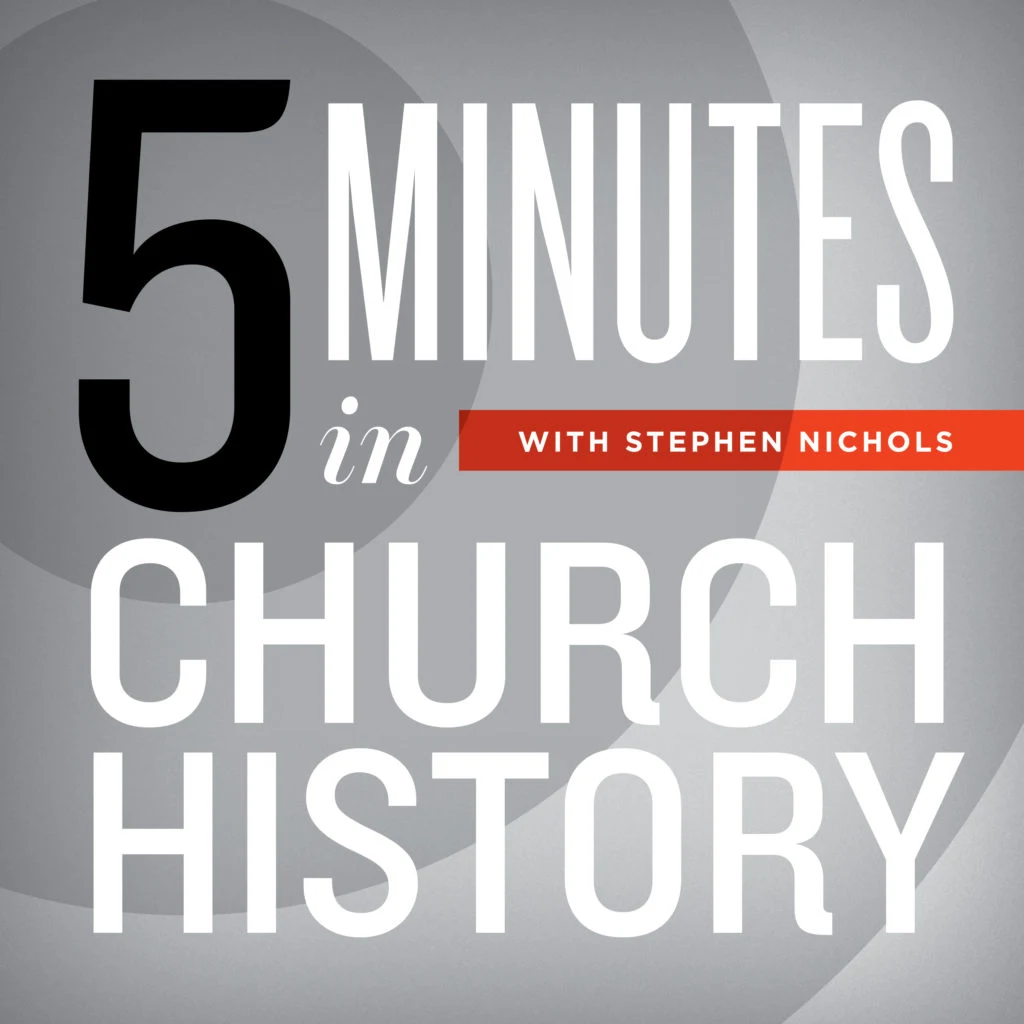Be Thou My Vision: A History

The hymn “Be Thou My Vision” has been sung by Christians for hundreds of years. Today, Stephen Nichols tells us about the origins of this beloved song, rich with biblical truth, poetry, and history.
Welcome back to another episode of 5 Minutes in Church History. On this episode, we are going to do some Sherlock Holmes detective work on a hymn. We’re going to look at the beloved hymn, “Be Thou My Vision,” and see if we can figure out when and where the lyrics for this hymn come from. If we go to the third stanza, we see lots of clues. First, we see the expression, “battle shield,” and then we see the expression, “high tower.” Well, that all sounds rather medieval to me. And then we see the word, “dignity.” Now, in our moment, dignity means the worth and value of every human being. Every person is created in the image of God, and therefore every person has dignity. But back in the ancient and medieval world, dignity ascribed status or even nobility to a person, much akin to our word dignitary. So, we put some of those clues together and we begin to see the when. But what about the where? Well, that clue comes in the fourth stanza and in a phrase that is repeated at the beginning of the fifth stanza. And it’s this phrase, “the High King of heaven.” Now, if you were to search scripture, you would find the expression, “King of heaven.” In Daniel 4:37, Nebuchadnezzar after his humiliation, praises and honors the “King of heaven,” but not this expression, “High King of heaven”.
It is certainly in concert with the biblical teaching of God, but we don’t find this exact expression in the Bible. So, where does “High King” come from? And if you guessed Ireland, you’d be right. Stemming back to the sixth and perhaps even the fifth century, the term was used for a king among the kings of the lands of Ireland to be, indeed, the high king of Ireland. So now we have teased out our clues, and we have arrived at the conclusion that this beloved hymn is based on a sixth-century Irish poem. And further, this hymn is attributed to Dallan Forgaill. He hails from modern-day county Cavan up in the northwest corner of the Emerald Isle, and legend has it that he descended from one of those very high kings that he used the expression for his poem. He wrote a poem on Columba, the Irish missionary who took Christianity to Scotland in the five hundreds.
And a number of other poems are attributed to him, including the poem, “Rop tu mo bhoile,” which being translated means “Be Thou My Vision.” The earliest extent manuscript we have of this poem is a twelfth century text, which is housed rather appropriately in the National Library in Ireland. Now we have to fast forward all the way to 1905. Mary Elizabeth Byrne translated this ancient Irish poem into English, and since then it has made its way into most hymnals. Now hymns not only have lyrics, they also have tunes. So, let’s take a look at the tune for, “Be Thou My Vision.” At the bottom of the Hymnal, you’ll see the word “Slane.” Slane was originally an old Irish folk tune, and at first accompanied a folk song entitled, “With My Love on the Road.” So, there you have it, it was a tune for a road trip, ballad celebrating love.
But then David Ends made some modifications to the tune Slane, and he put it together with the lyrics that Mary Byrne translated. And so, we have “Be Thou My Vision.” So, we know about the tune and we know about the English translation and we know about the ancient Irish poem. There was a book written about hymnody entitled, Sing With Understanding. And it's very helpful for us as we sing these hymns, and we love these hymns to do a little digging into the history of these hymns. It gives us that level of understanding and appreciation. And so, we have “Be Thou My Vision,” a truly beautiful hymn. So theologically rich, so poetic, and on top of all of that, a fascinating historical tale. That's “Rop tu mo bhoile” or as we sing, “Be Thou My Vision.” And I'm Steve Nichols, and thanks for listening to 5 Minutes in Church History.
Recent Episodes
A Little Church History of a Middle Colony: The First Great Awakening
December 17, 2025|American Church History
A Little Church History of a Middle Colony: Early Influences
December 10, 2025|American Church History
Gunpowder and a Proclamation
December 3, 2025|Geographical Perspectives
Thanksgiving in Church History
November 26, 2025|American Church History
3 Sermons on the Hallelujah Chorus
November 19, 2025|General Church History
Charles Jennens’ Libretto
November 12, 2025|General Church History
